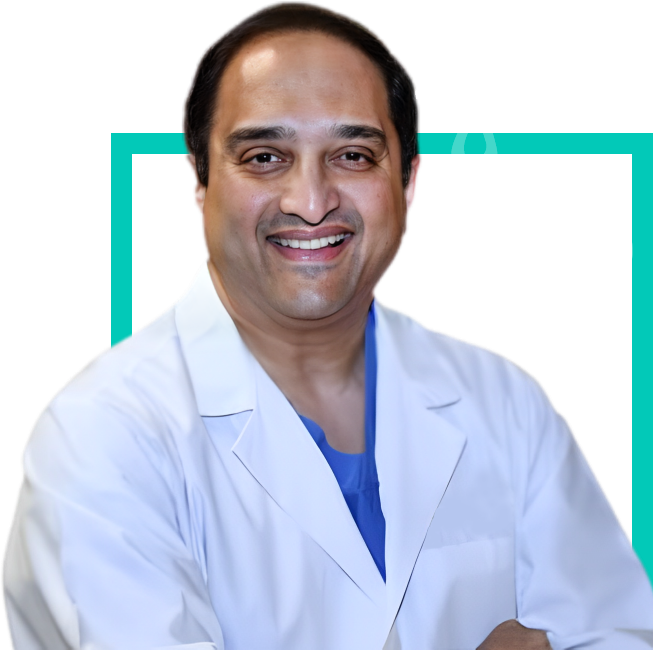Have you ever pondered how doctors acquire understanding of the complex functioning of your respiratory system? How do they identify and manage conditions that impact the airways and lungs? The solution lies in the realm of bronchoscopy.
Bronchoscopy is a minimally invasive procedure that allows pulmonologists to visualize and examine the air passages and lungs. By utilizing a specialized instrument called a bronchoscope, medical professionals gain valuable insights into the respiratory system, aiding in both diagnosis and treatment of various conditions.
During a bronchoscopy, a thin, flexible tube called a bronchoscope is gently inserted through the nose or mouth and guided into the airways. The bronchoscope contains a light source and a camera, enabling the pulmonologist to visualize the inside of the respiratory tract on a screen. The procedure is typically performed under local or general anesthesia, ensuring patient comfort throughout. Advanced techniques, such as electromagnetic navigation bronchoscopy and endobronchial ultrasound, provide even greater precision in diagnosing and treating respiratory conditions.

Bronchoscopy plays a vital role in diagnosing various respiratory disorders. It allows pulmonologists to inspect the airways for abnormalities, such as tumors, strictures, or foreign bodies. Biopsies can be obtained during the procedure to analyze lung tissue for signs of infection, inflammation, or malignancy. Bronchoscopy also facilitates the collection of samples for microbiological analysis, aiding in the identification of respiratory pathogens.
Beyond diagnosis, bronchoscopy offers a range of therapeutic interventions. It enables pulmonologists to remove foreign bodies from the airways, relieve airway obstructions caused by tumors or strictures, and manage bleeding sites through interventions like laser therapy or argon plasma coagulation. Bronchoscopic procedures can also be used for the placement of stents or bronchial valves to improve airflow in patients with conditions like chronic obstructive pulmonary disease (COPD).
In cases of chronic respiratory failure, bronchoscopy plays a pivotal role in the management of patients. It allows pulmonologists to assess the condition of the airways, collect samples for culture, and identify the specific causes of respiratory failure. Dr. Vijoydeep Rao, M.D., a renowned pulmonologist at Prana Pulmonary Clinic, specializes in bronchoscopy for chronic respiratory failure. Dr. Rao works collaboratively with community and hospital-based healthcare professionals to provide comprehensive care to patients, ensuring optimal treatment outcomes.
Bronchoscopy serves as a window into the respiratory system, providing pulmonologists with valuable insights for both diagnosis and treatment. From its procedure and diagnostic applications to its therapeutic uses and role in managing chronic respiratory failure, bronchoscopy remains an invaluable tool in the field of pulmonology. If you or your loved ones are experiencing respiratory symptoms or have been diagnosed with chronic respiratory failure, we urge you to take action. Schedule an appointment at Prana Pulmonary Clinic, where Dr. Rao and his team are dedicated to delivering compassionate care and employing cutting-edge bronchoscopic techniques to restore and improve your respiratory health. Don’t wait; take the first step towards healthier lungs by contacting us today!










